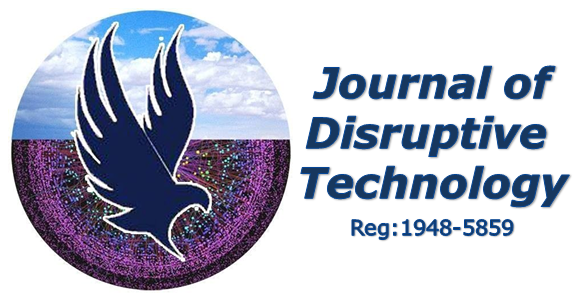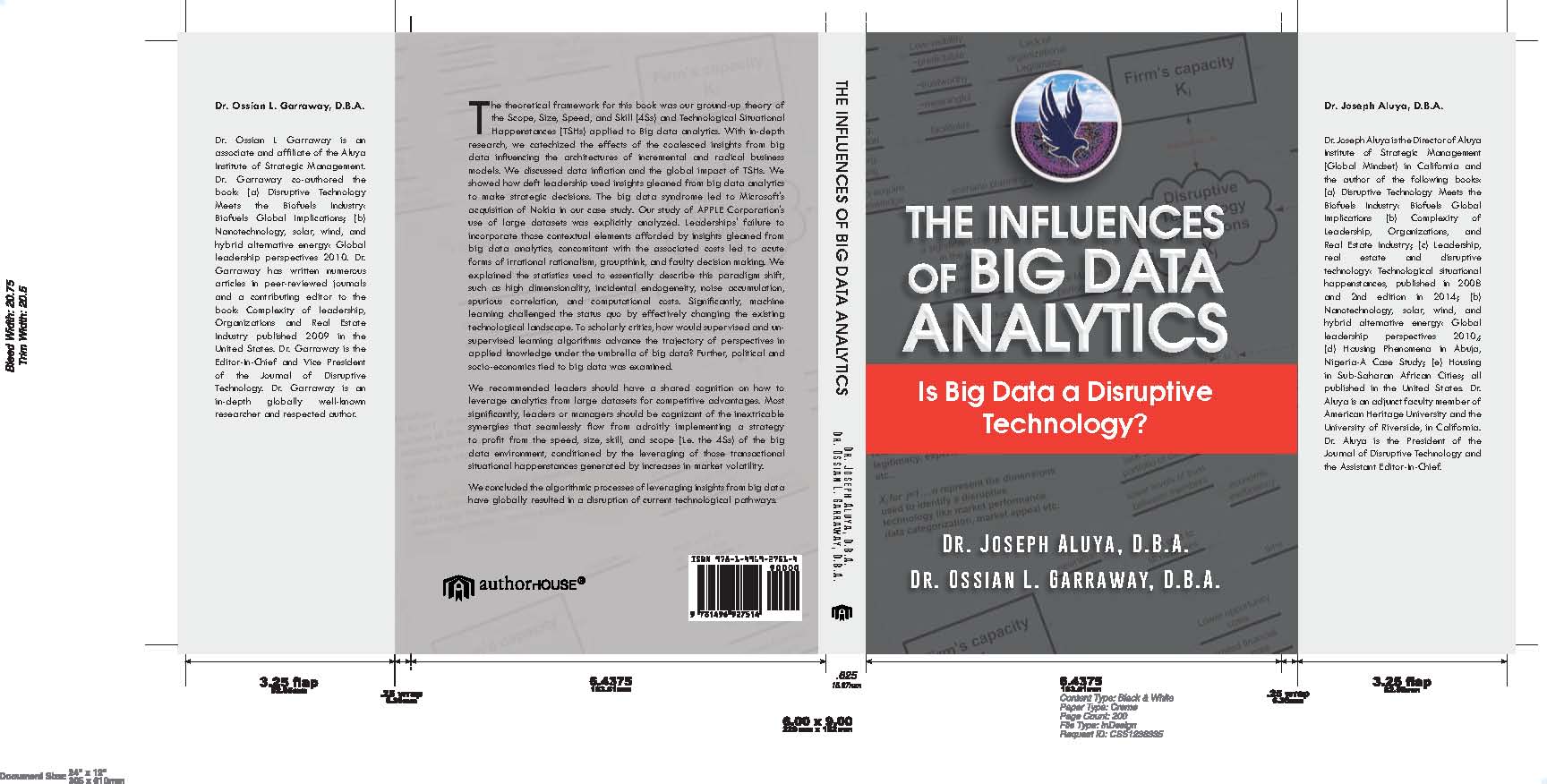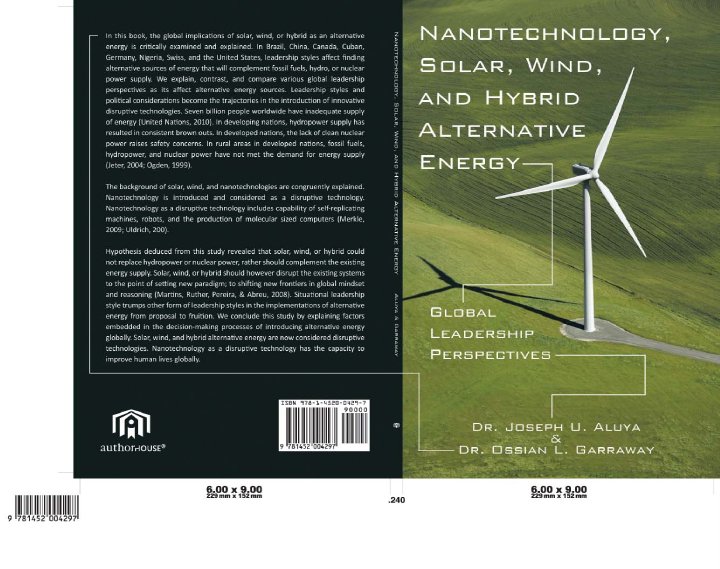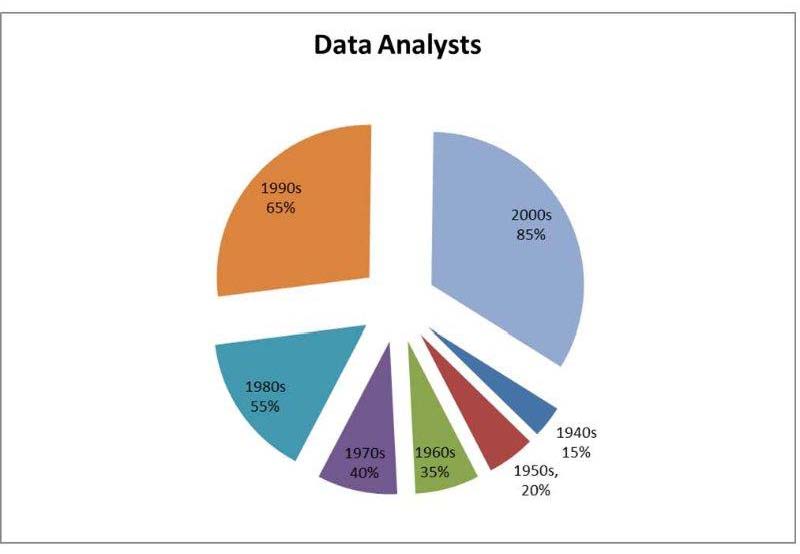The Influence of Organizational Culture on the Adoption of ICT Innovation following Technological Disruption: Evidence from Kenyan ICT SMEs (Volume 7, Issue 2, May 2018)
Authors: Francis G. Kagumba1, Dr. Agnes N. Wausi2
1 University of Nairobi, Nairobi, 30197 – 00100, Kenya
2 University of Nairobi, Nairobi, 30197 – 00100, Kenya
1kagumba@uonbi.ac.ke
2wausi@uonbi.ac.ke
Abstract— Disruptive ICT technologies such as artificial intelligence and mobile computing are transforming how SMEs communicate, connect and discover. However, the challenge in adopting such technological innovation lies in the evolution of employee behaviour, values and expectations towards enabling them to work in the enterprises. In this study, it is aimed to understand the influence of organizational culture on employee behaviour towards the adoption of ICT innovation. A survey of 83 managers and 43 employees from 126 ICT SMEs is conducted. The findings of the research revealed that high adoption rates were observed in organizations that fostered adhocracy cultures where informal work relationships existed among managers and employees and in organisations that emphasized on innovating their processes of meeting customer needs.
Author: Dr. Ossian Garraway, D.B.A
Aluya institute of global mindset, California, USA
Aluyainstitute.com
A case study of deft leadership collaborative use of analytics
Abstract: Examined in this paper was how the seamless synergies and collaborative work of deft leaders, data analysts (DA), data scientists (DS) and information analysts (IA) used analytics to glean important data from the big datasets for profit. Various archetypes of deft leadership styles from previous chapters were used to illustrate this phenomenon: a) bad or dysfunctional, b) collective, c) situational, d) transformational, e) transactional, f) trait approach to deft leadership. Question for learners: what would be the consequences of deft leaders in organizations not adroitly and radically changing and adapting to the newly evolving internet platforms? Embedded within these platforms were the internet of things (IoT) and the industrial internet of things (IIoT). Vignettes were used to explain why deft leaders should form teams of managers of DA, DS and IA to adopt these newly platforms due to the ever changing technological business environments and pathways. Explained within the contemporary realm of thought of the data scientists, statistical models were examined and how it inextricably intertwined with the organizational profit.
The computational cost, high dimensionality, incidental endogeneity, noise accumulation and spurious correlation were linked to profit with the collaborativeness of the DA, DS and IA. The findings revealed that without the managerial teams of DA, DS and IA collaborating and reporting pertinent gleaned data analysis from big data to the deft leaders within actionable real-time, the trajectory showed that the business will cease to exist. The recommendation was for deft leaders to quickly adjust with dexterity to the ever changing technological pathways based on the brutal reality within the global terrain.
Mark van Rijmenam
University of Technology, Sydney
Why Prescriptive Analytics Is the Future of Big Data
Abstract: The creation, storage and usage of data in high velocity, volume, variety and variability is called big data; a term only used since 2001. Organisations and consumers already generate large amounts of data, which are forecast to grow exponentially in the future. Big Data offers insights via business analytics tools such as descriptive, predictive or prescriptive analytic, whereby prescriptive analytics can transform organisations and can be seen as the future of big data. In this paper, I investigate what prescriptive analytics is and how organisations can benefit from it
Authors: Dr. Ossian Garraway, D.B.A., Dr. Joseph Aluya, D.B.A
Aluya institute of global mindset, California, USA
Aluyainstitute.com
Modular changes to radical platforms were disruptive to technologies
Abstract: This paper tends to explain that technological changes have had its steep root in “creative destruction.” Creative destruction will expounded pro anon. The present Internet of Things (#IoT) and Industrial Internet of Things (#IIoT) are anchored on creative destruction doctrine. These modular changes of innovative technologies were historically regarded as the creative destruction as advocated by Joseph Schumpeter in 1942. An erudite and witty economic thinker, in his typology, he indicated the semi-perennial gale and objective of creative destructiveness was the idyllic purpose of discarding the old or failing existing technological products and systems with the newly creative ones.









